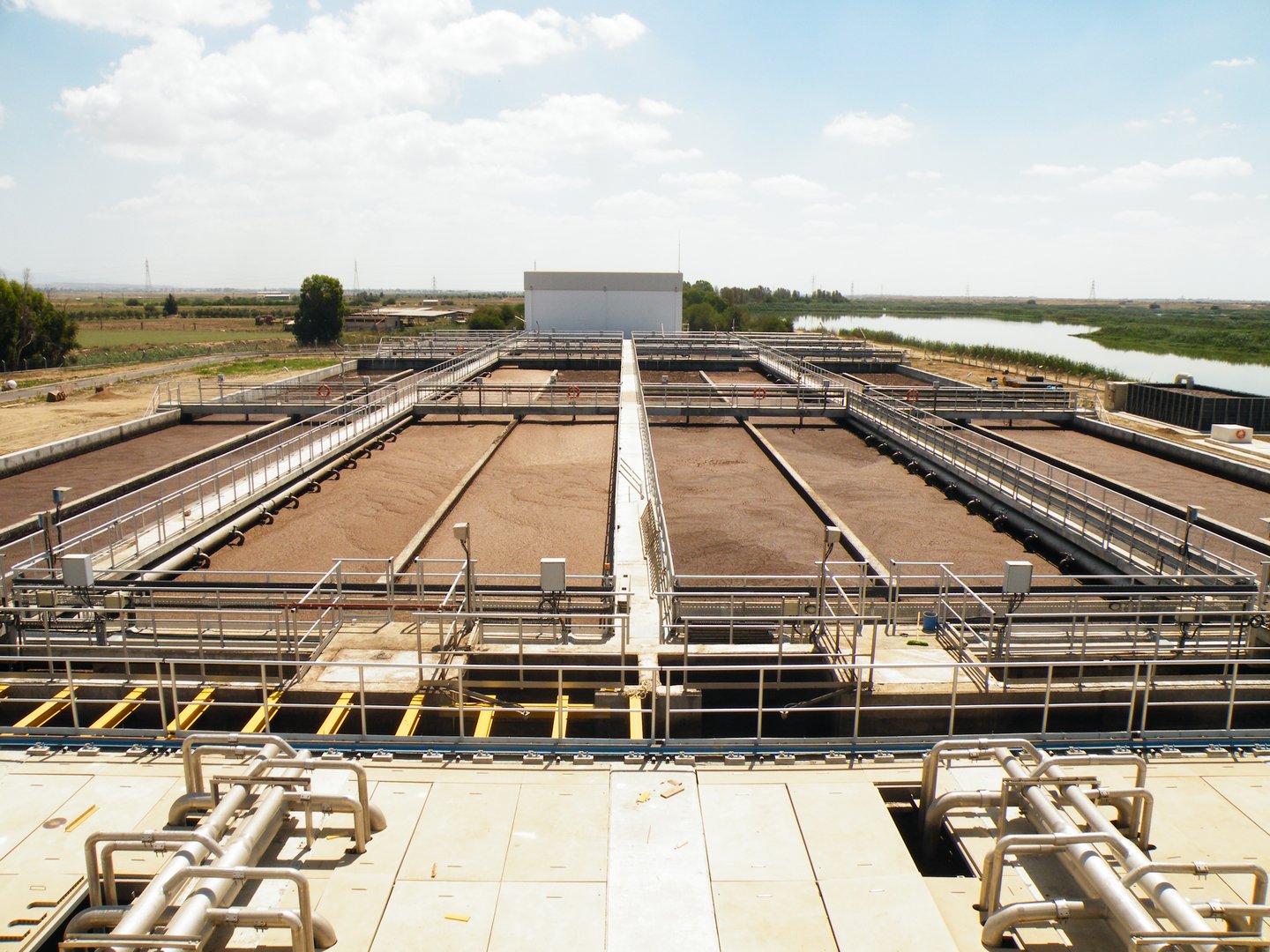Levels of amphetamine and methamphetamine are on the rise in wastewater in Cyprus, the European monitoring centre for drugs and drug addiction (EMCDDA) said on Wednesday.
The EMCDDA was presenting its latest wastewater analysis statistics, taken from analyses of water in 88 European cities in 24 different countries, with the aim of “exploring the drug-taking behaviours of their inhabitants”.
The data was compiled between March and May 2023.
Levels of amphetamine residue in wastewater saw slight increases in both Cyprus and Spain, in contrast to other areas of southern Europe, according to the statistics.
Methamphetamine residue is also now present in wastewater in Cyprus, as well as in Belgium, the east of Germany, Spain, the Netherlands, Turkey and in several northern European countries.
Findings of cocaine residue are also on the rise at a continental level, with particularly high levels found in Belgium, the Netherlands and Spain. Increases in cocaine residue levels have been observed in the majority of eastern European cities.
Despite Cyprus’ growing levels of methamphetamine in its wastewater, more than half the cities in which the drug was detected in both 2022 and 2023 saw a decrease in levels last year.
Levels of amphetamine residues detected across the continent varied, with the highest loads being found in Belgium, Germany, the Netherlands, Finland, and Sweden.
Levels of MDMA, ketamine, and cannabis residue all also saw increases across the continent, with MDMA and ketamine most frequently detected in Belgium, Germany, Spain, France, and the Netherlands.
Cannabis residue, meanwhile, was also found in high quantities in wastewater in Spain and the Netherlands, while levels were also particularly high in the Czech Republic and Slovenia.
The results “reinforce the view that drugs are everywhere”, EMCDDA director Alexis Goosdeel said.







Click here to change your cookie preferences